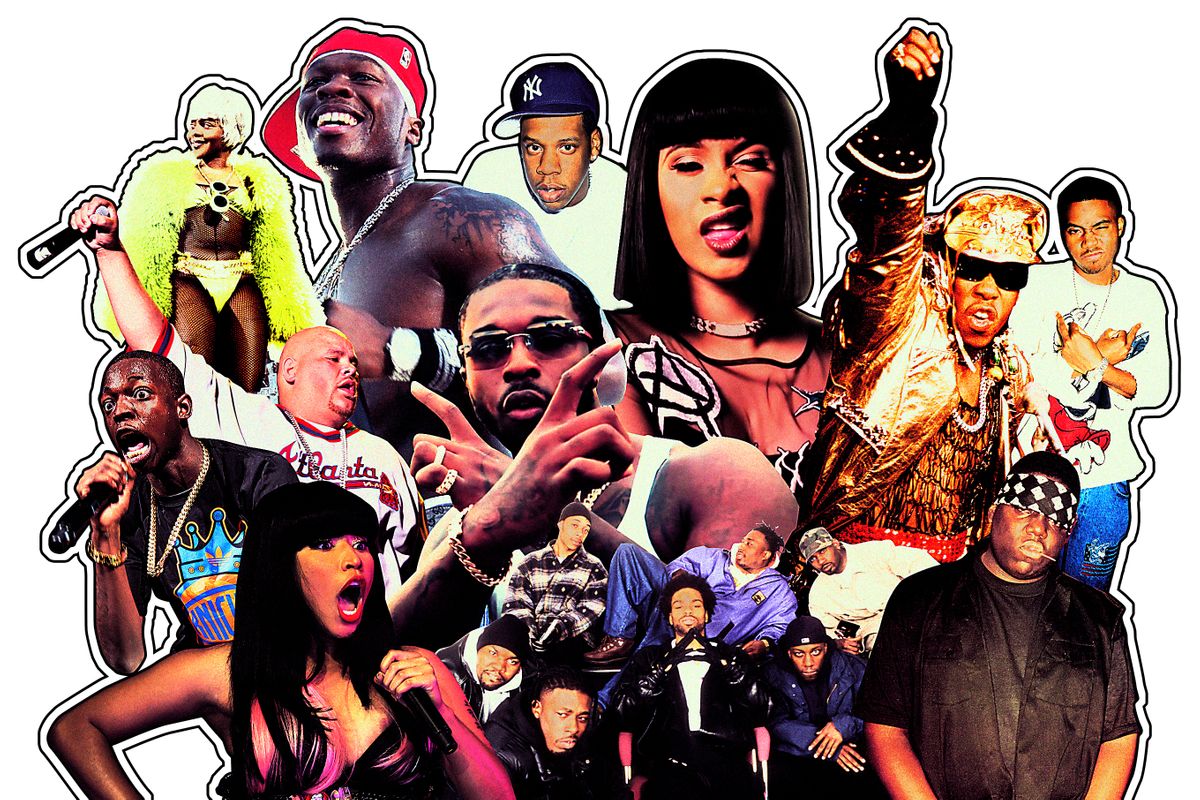
So Robinson improvised, and got the group’s rapper Melle Mel to record it, trading verses with writer Fletcher. He brought it to label boss Sylvia Robinson, but she couldn’t convince Flash and his Furious Five to record it-in fact, the group clowned the song at first. Sugar Hill staff songwriter Ed “Duke Bootee” Fletcher wrote the original demo, influenced by the slower, funkier cadence of Zapp and Tom Tom Club. The backstory to this rap classic is a master class in diligent record-company A&R. Critics raved, and a raft of incendiary, politicized hip-hop artists-including but not limited to Public Enemy, KRS-One and N.W.A.-would carry the track’s torch forward. “It’s like a jungle sometimes/It makes me wonder how I keep from going under,” goes the refrain, neatly summing up ghetto life in the age of Reagan and schooling the doubters that the burgeoning form could be powerful art. “Rats in the front room, roaches in the back/Junkies in the alley with a baseball bat…” This seminal joint was a stunning departure from the block-party, throw-your-hands-in-the-air vibe of first-wave hip-hop, bringing a grim verisimilitude to the mic. Grandmaster Flash, “The Message” (Sugar Hill Records, 1982)

“Never Too Much” hit #1 on the R&B charts and Top 5 on the Dance chart in 1981 and powered his debut album to sell more than 2m copies. After some shine via a few hits as a guest vocalist for the group Change, Luther took his demos to Epic Records, and was signed on the spot to write and record his debut album.

Inspired, Luther wrote and recorded the demo for this fleet, percolating love letter, and one other. Luther Vandross, “Never Too Much” (Epic Records, 1981)įor many years before he stepped into the spotlight, Luther was an accomplished background and jingle vocalist singer Roberta Flack encouraged him to pursue a solo career.

It would prove considerably more durable on club playlists and, more than a decade later, as one of the foundational beats for West Coast “G-Funk” hip-hop. “Bounce” was the opening track and lead single of their debut album, peaking at #2 on the R&B chart and Top 20 on the Dance chart in 1980. But it was Clinton who encouraged the band to present the demo for “More Bounce” to Warner, which inked the band in early 1979. The Ohio-bred Troutman brothers (Roger, Les ter, Larry and Tony) were tight with Bootsy and big brother Phelps “Catfish” Collins, resulting in the P-Funk family connection. Zapp’s funky style was being dutifully mentored by Parliament-Funkadelic members Bootsy Collins and George Clinton, but it was frontman Roger Troutman’s trademark vocoder box that ultimately set them apart as a group. Zapp, “More Bounce to the Ounce” (Warner Bros. Naturally, it's best enjoyed on a boombox. Here are the 20 best pre-90s house classics.This batch of songs represents just a portion of our gigantic Black Music Month playlist, but it offers at least one song from each year of a pivotal decade for hip-hop, and documents the evolution of that genre, among others. With that in mind, Mixmag has compiled a collection of timeless tracks from the days when house music was only just beginning to take form. DJs wanted their beats harder in order to set dancefloors ablaze with energy and the evolution of house during the 80s revealed a clear transition to a more rhythm-focused sound profile, while still retaining a melodic nature. Many of the classics produced before 1990 were well ahead of their time, and select tracks stand out as setting the stage for house music culture to progress. Innovators like Larry Heard, Marshall Jefferson, Frankie Knuckles and more might not have realised they were revolutionising the music industry, but the result was a captivating and infectious vibe that will rule over clubland for the foreseeable future.

While disco was taking over airwaves throughout mainstream culture during the 1980s, deep in the underground producers were experimenting with jacking rhythms to establish the foundation of house music.


 0 kommentar(er)
0 kommentar(er)
